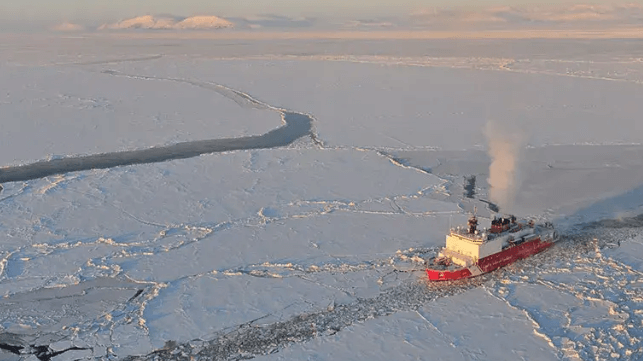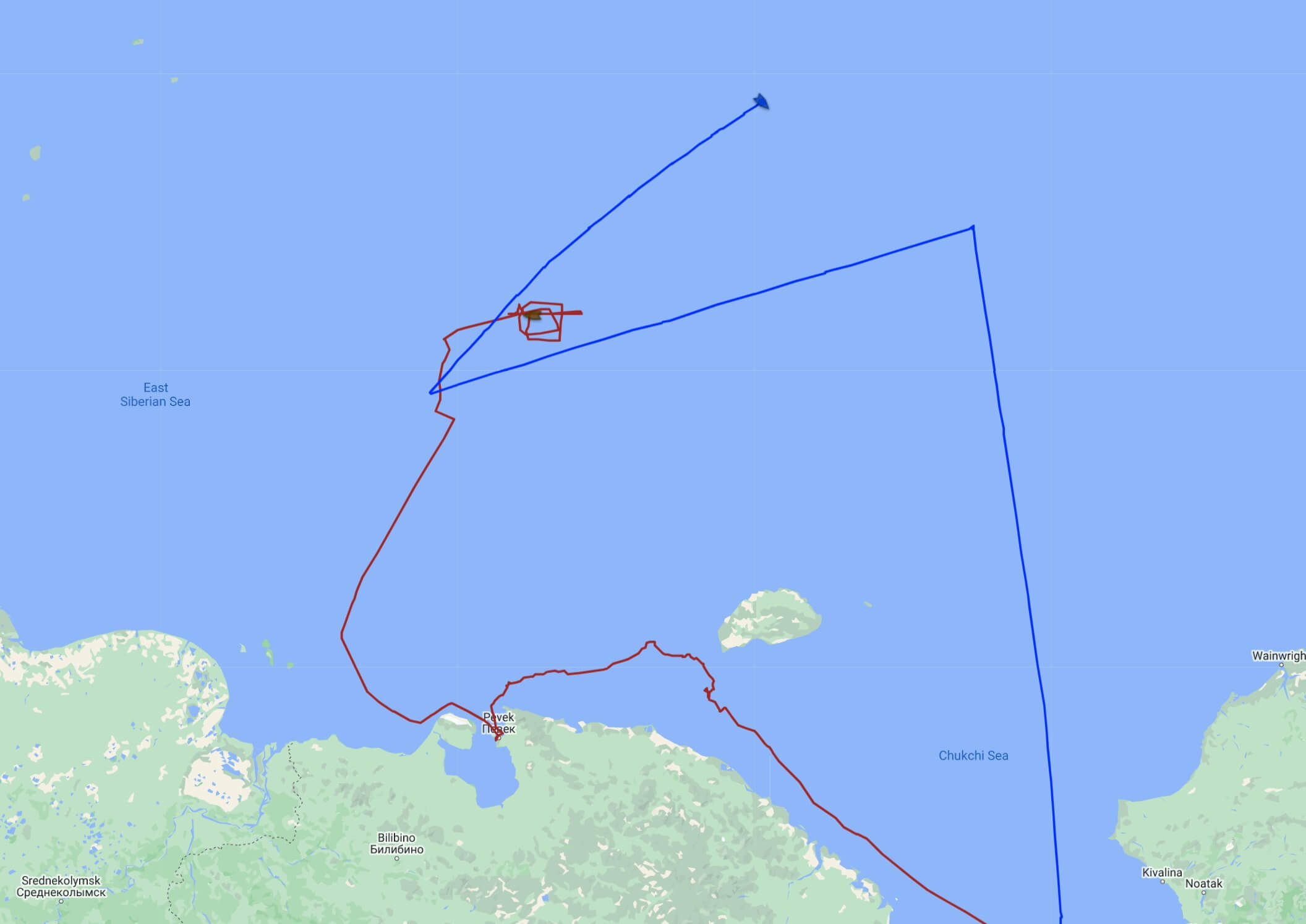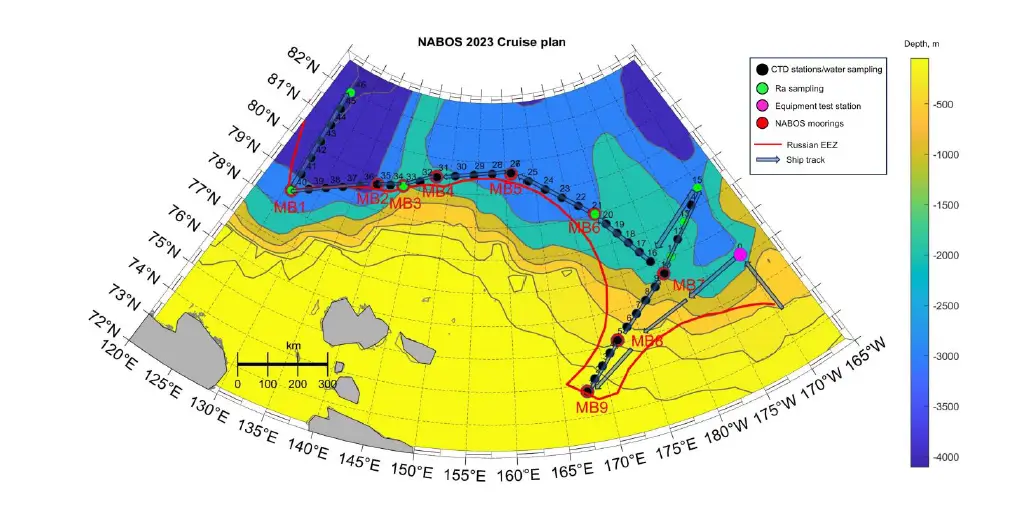Russian Research Vessel Intercepts U.S. Icebreaker in the Arctic

In a pattern reminiscent of the Cold War, a Russian research vessel is shadowing the U.S. Coast Guard icebreaker USCGC Healy in the Arctic, AIS data shows.
Healy got under way from the U.S. Coast Guard base at Kodiak Island on August 26 and headed up through the Bering Strait, data provided by Pole Star shows. She entered the Chukchi Sea on August 30 and kept heading north, well into the Arctic Ocean, before turning westwards into waters north of the Russian Arctic coastline.
On September 2, the Russian research vessel Akademik Nemchinov diverted from a voyage along Russia's Northern Sea Route and made way on an intercept course to meet Healy. The two ships approached to within a few kilometers of each other in the East Siberian Sea, according to AIS data provided by Pole Star, before Healy made a sharp course change to the northeast. As of Wednesday, Nemchinov was holding position on a racetrack course north of Wrangel Island while Healy took up a position several hundred kilometers to the northeast.
 The tracklines for Healy (blue) and Nemchinov (red) (Chart courtesy Pole Star)
The tracklines for Healy (blue) and Nemchinov (red) (Chart courtesy Pole Star)
Healy's course took her through international waters, well north of the Russian coastline. Russia jealously guards control over the Northern Sea Route (NSR) through its near-coastal waters, and Russian regulations require foreign vessels to obtain prior permission to navigate this route and to take on Russian pilots. The requirement is not consistent with the right of innocent passage established by the UN Convention on the Law of the Sea, but there are few publicized challenges to Russian restrictions on transits.
Healy's stated mission on this Arctic voyage is to service the Nansen and Amundsen Basins Observational System (NABOS). The objective is to recover, service, and deploy nine long-term subsurface mooring arrays on a line stretching from the Eurasian Basin to the East Siberian Sea. These arrays are primarily located north of Russia, and they are designed to collect climate-related data on the circulation of Atlantic water into the Arctic Ocean. The cruise plan calls for regular conductivity, temperature and depth (CTD) sampling stops throughout the voyage.

NABOS / University of Alaska Fairbanks
Russia might have an additional reason to monitor U.S. government-sponsored research activity in Arctic waters, where the Russian Navy often hides its ballistic-missile submarine fleet. U.S. oceanographic research has a long history of dual-purpose use supporting U.S. Navy operations, particularly in submarine warfare, and CTD data is essential to sonar operations. The U.S. is far from alone in this practice: Russian and Chinese research vessels have long been accused of collecting militarily-useful information in the course of their operations.
Healy's previous Arctic mission deployed sea surface and weather sensors for the U.S. Navy Office of Naval Research's Arctic Mobile Observing System (AMOS), as well as CTD data collection for O
No comments:
Post a Comment